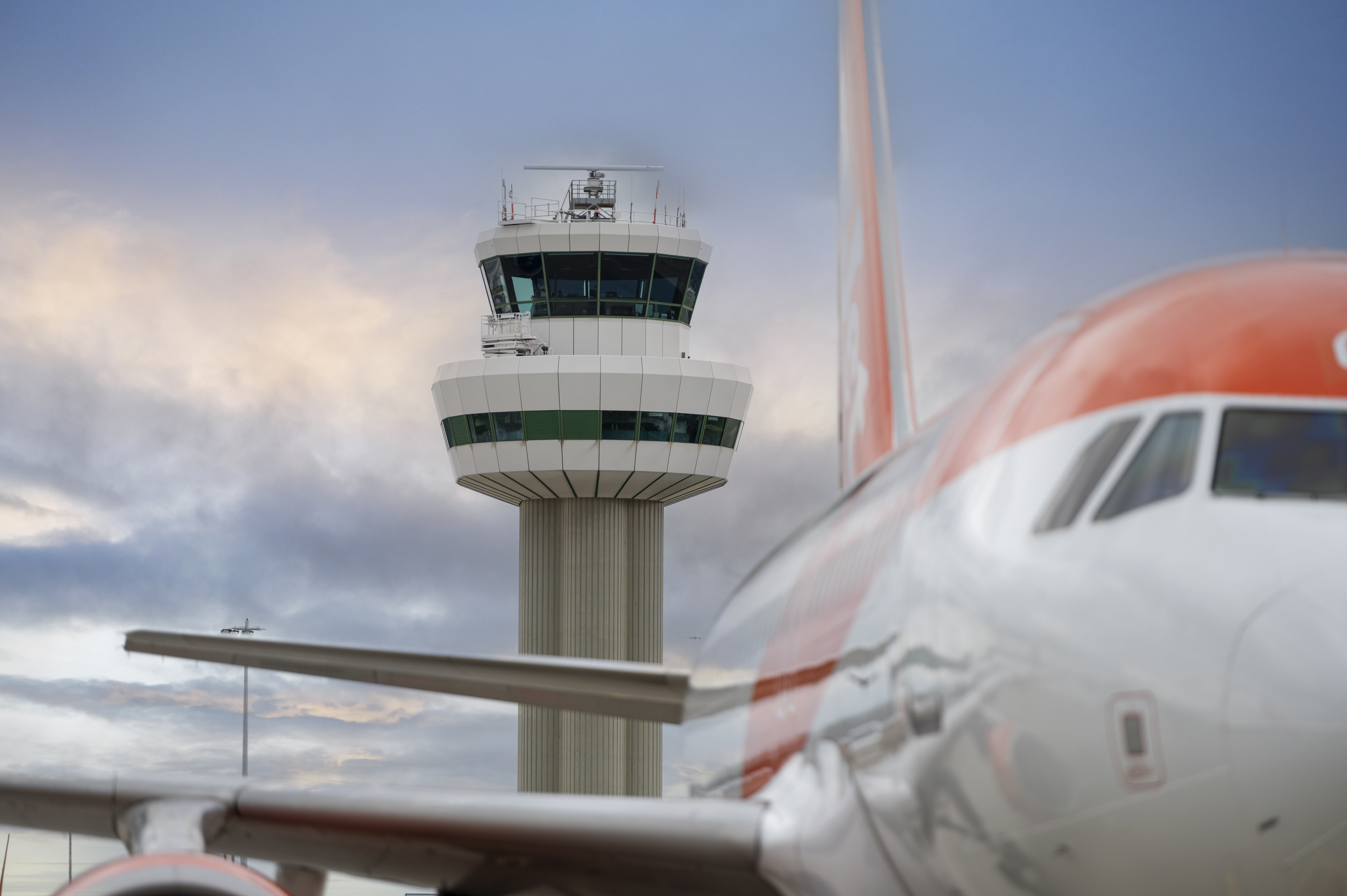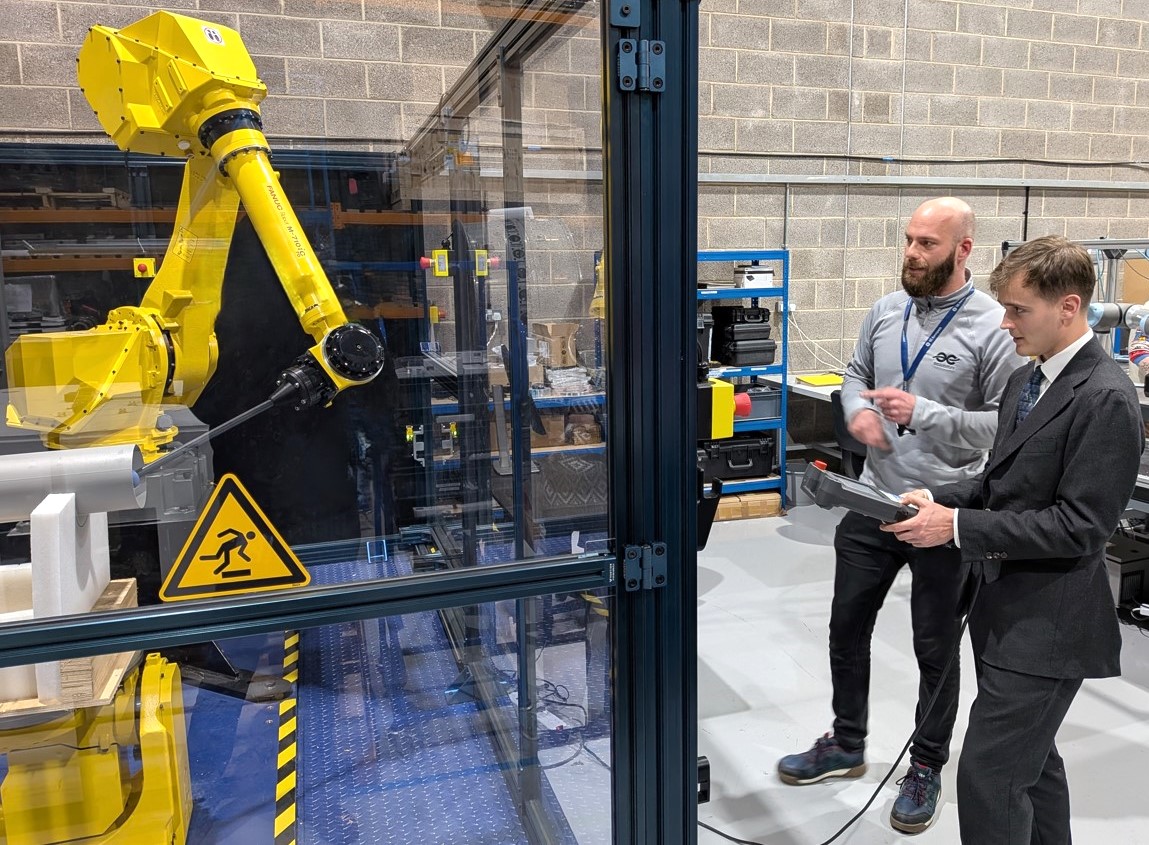NATS introduces world-first aircraft separation system at Gatwick

Above: Gatwick control tower.
Courtesy NATS
Aircraft flying to the airport are now being separated by dynamically calculated time-based intervals, instead of traditional set distances in what is a world first for a single runway airport.
The change is designed to enhance the consistency of the landing rate and improve the efficiency of the runway, especially in strong winds. NATS says this will add valuable resilience to London Gatwick’s operation, helping to minimise delays and cutting the amount of time aircraft spend holding in the air.
The resulting reduction in airline fuel burn is predicted to save between 11,000 and 19,000 tonnes of CO2 a year.
During strong headwind conditions, aircraft fly more slowly over the ground resulting in extra time between each arrival. Having to maintain set separation distances in those conditions reduces the landing rate and can have a significant knock-on effect to the airport operation, sometimes causing delays and even cancellations.
Moving to dynamically calculated time-based spacing allows the controllers to safely reduce the gaps between arriving aircraft in strong headwinds to maintain the landing rate. The change should build more resilience into the airport’s runway operations, helping it reduce delays and improve on time performance.
The breakthrough comes following the deployment of Intelligent Approach, a tool developed jointly by NATS and the technology company, Leidos. This is the first time Intelligent Approach has been deployed at a single runway ‘mixed mode’ airport, where arrivals and departures use the same runway. The tool has been specially modified to take into account both the strength of the live wind conditions and the time needed for departing aircraft to leave the runway between arrivals.
Chris Norsworthy, NATS Director Airspace and Future Operations, said: “Introducing Intelligent Approach at London Gatwick is another world first from the project team and evidence of the value of our partnership with the airport. Delivering greater operational resilience for London Gatwick will make a real positive difference to airline punctuality, helping to improve the passenger experience, reduce the risk of late running or cancelled flights and cut carbon emissions.”
Mark Johnston, Chief Operating Officer, London Gatwick said: ”This leading technology will provide more reliable landing times for our aircraft and will minimise delays, which is good news for our passengers. With aircraft also spending less time holding in the air, fuel burn and emissions are also predicted to reduce significantly, which remains an important, ongoing focus for the airport.”
Graham Emmons, Managing Director of Leidos Innovations UK, said: “We welcome Gatwick Airport as the first to adopt our Advanced Mixed Mode capability within the Intelligent Approach network. This system is designed to improve operational efficiency for the airport, its airlines and passengers and reduce CO2 emissions per flight.”
Intelligent Approach provides air traffic controllers with markers on their radar screens, helping them precisely place each arrival to create the most efficient sequence of traffic. This consistency helps improve resilience and reduce delays.
It has already been successfully deployed at Heathrow, where it has cut headwind delays by 62% and at Toronto Pearson and Amsterdam Schiphol airports.
Research on Time Based Separation was carried out by NATS as part of the SESAR Programme.












